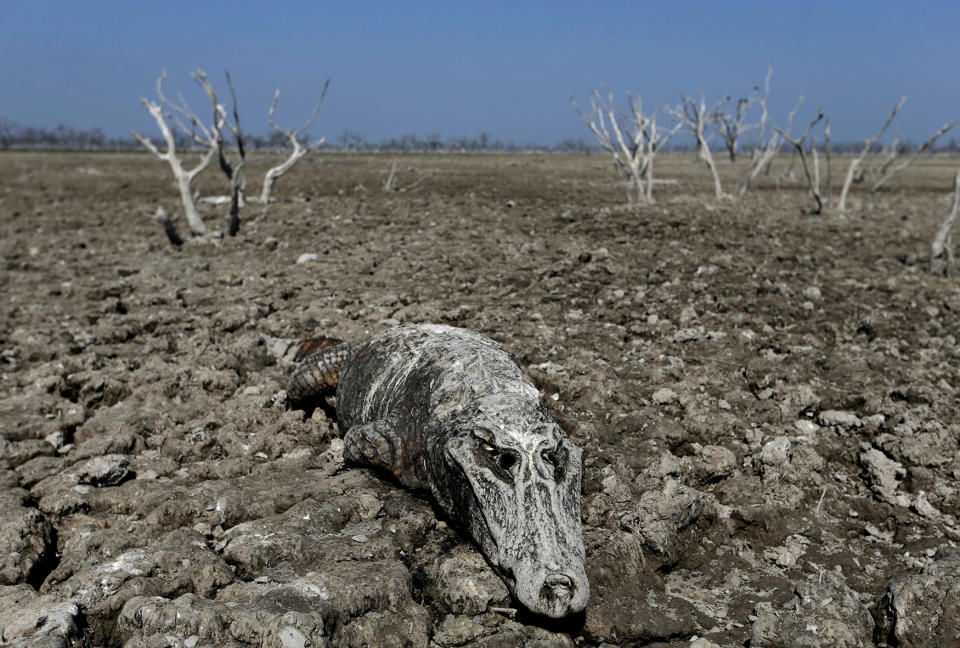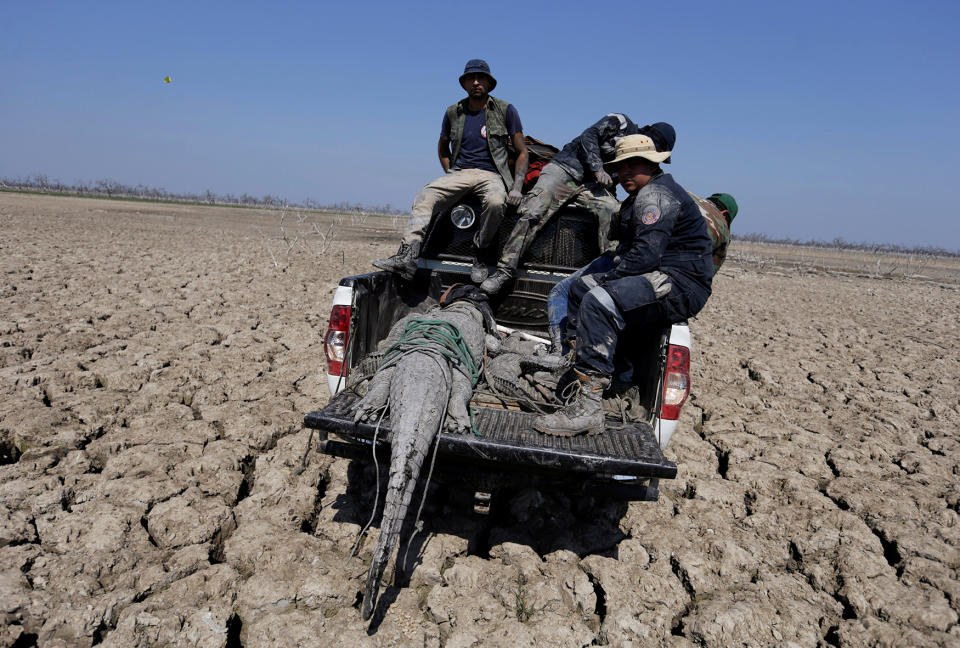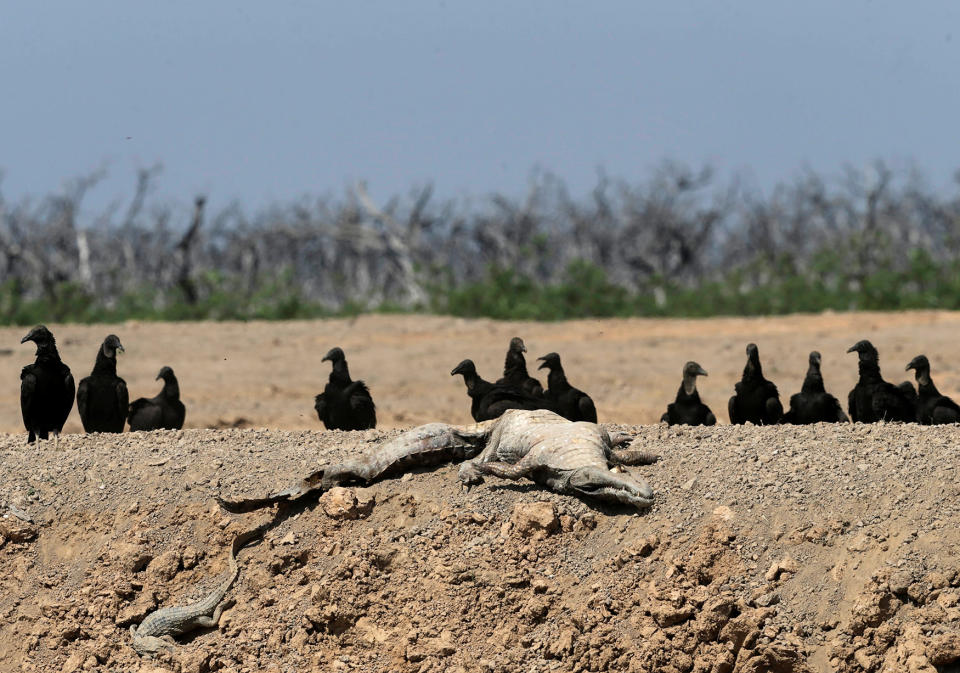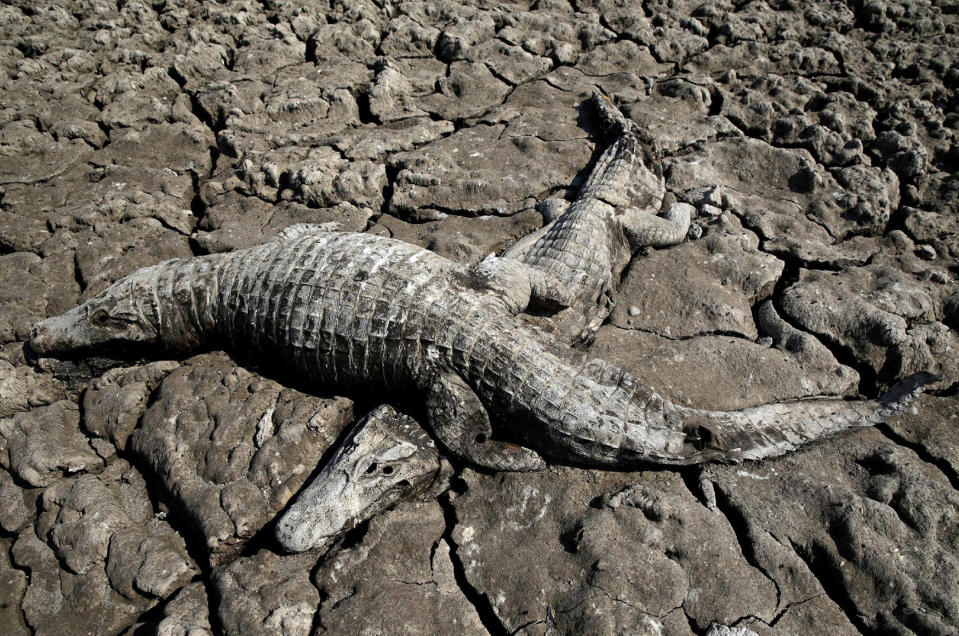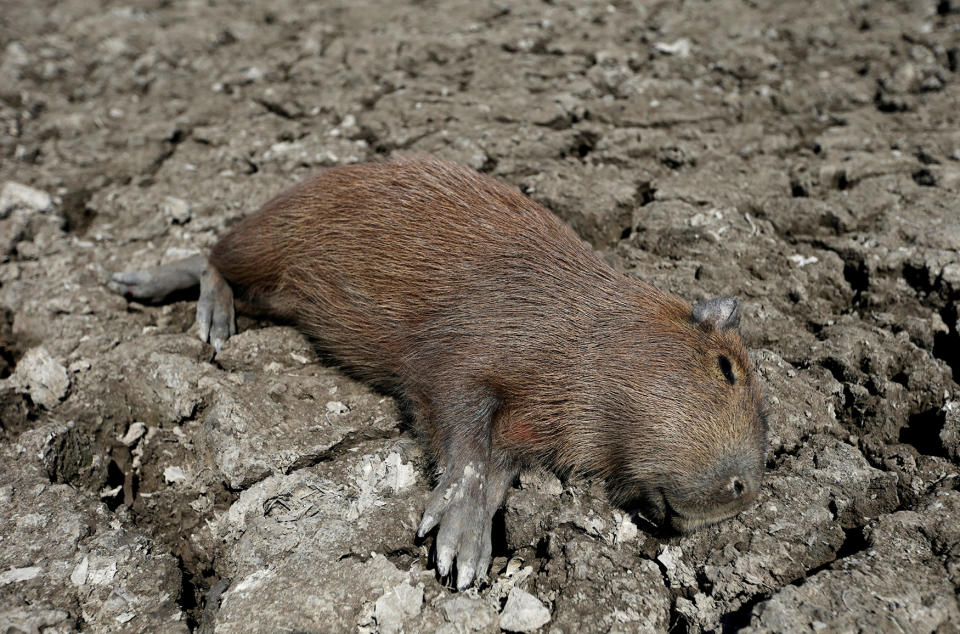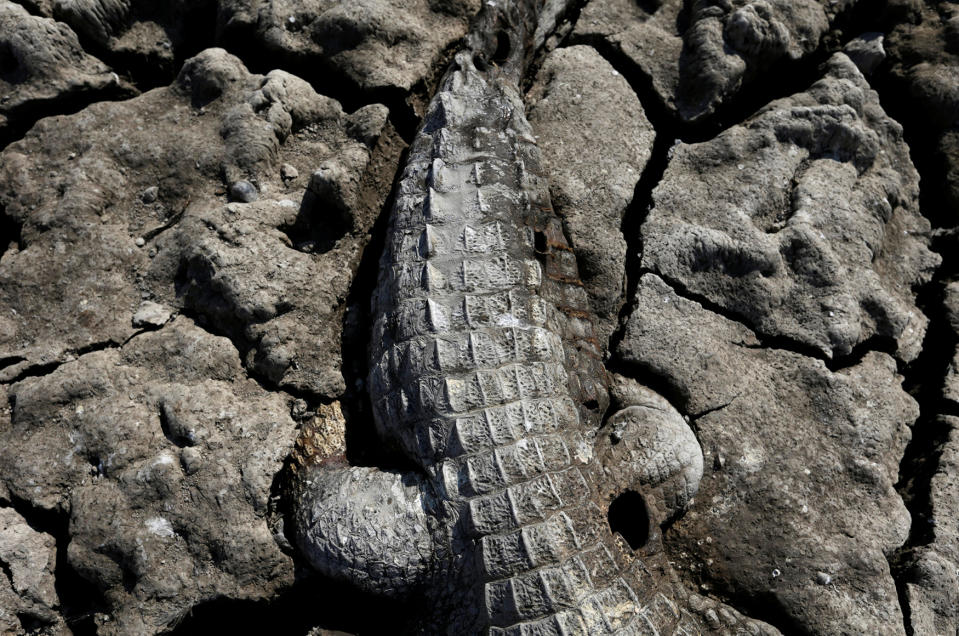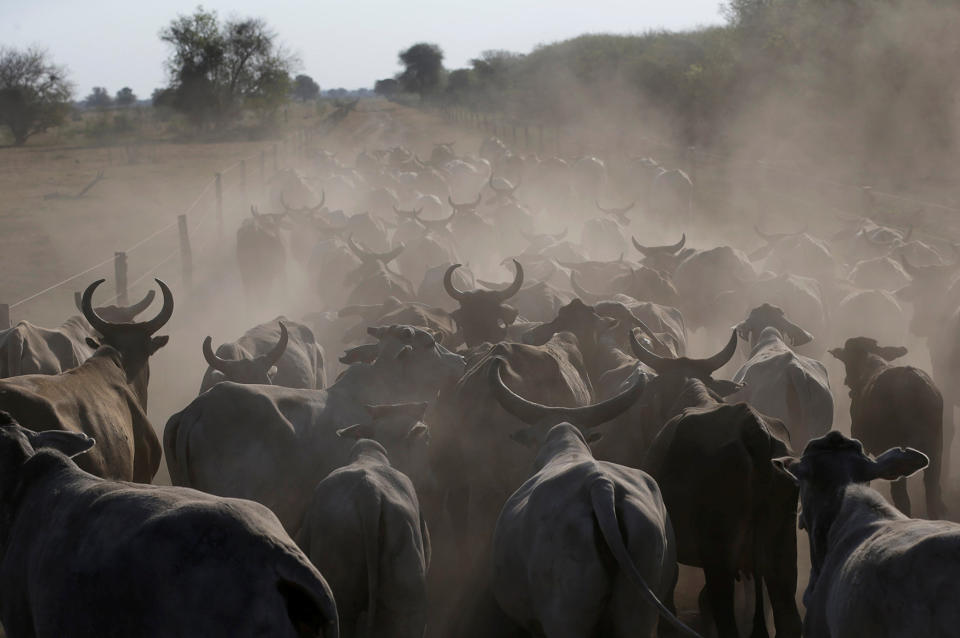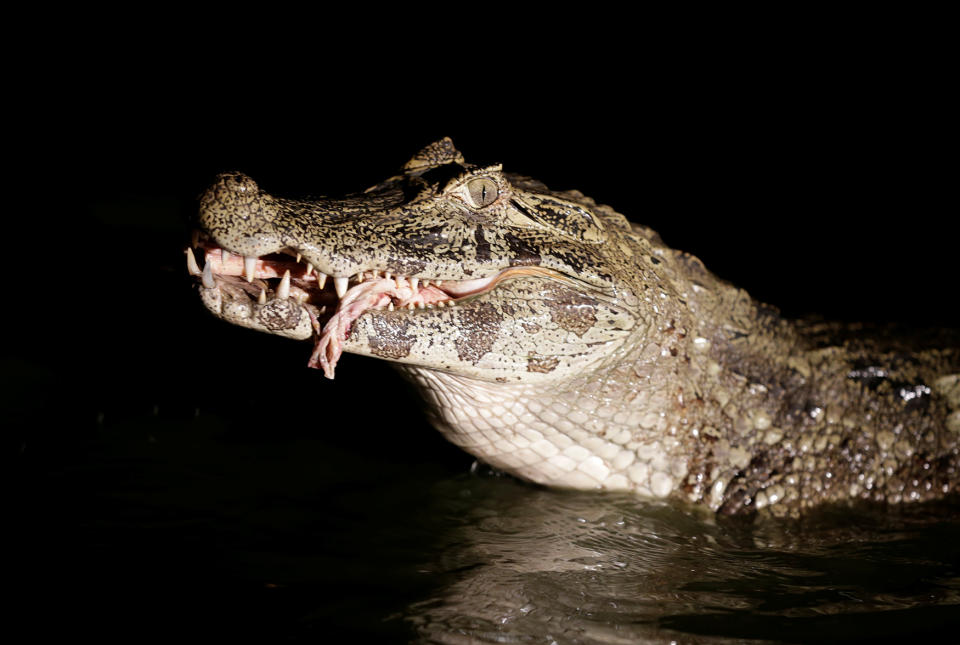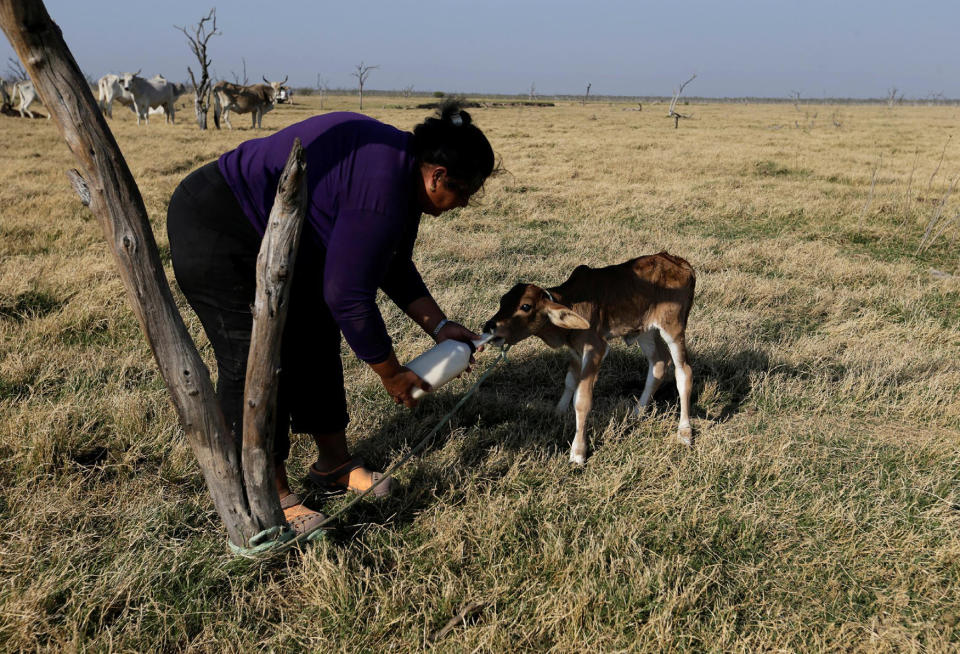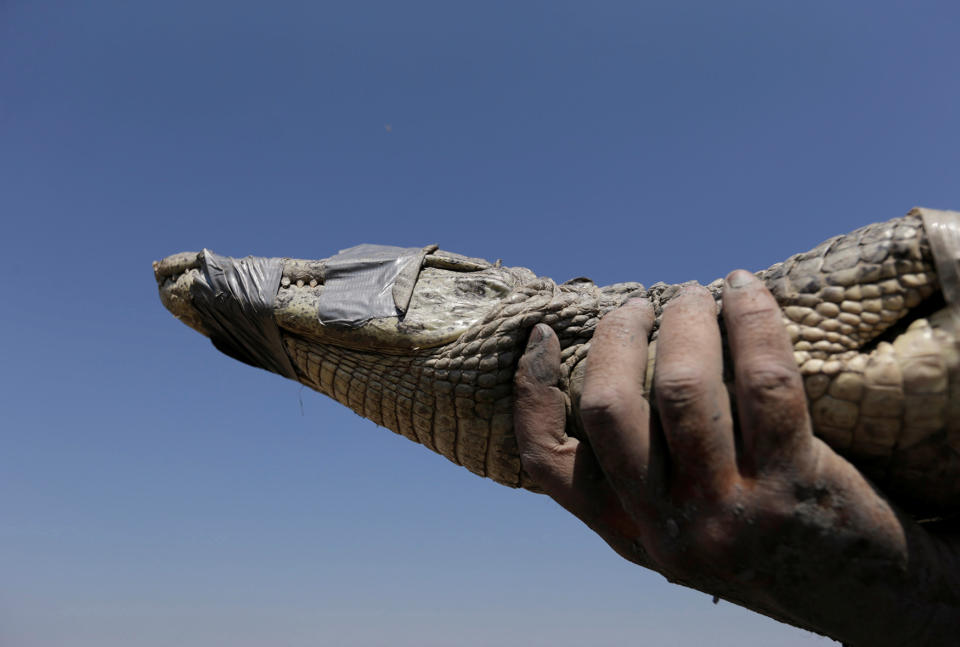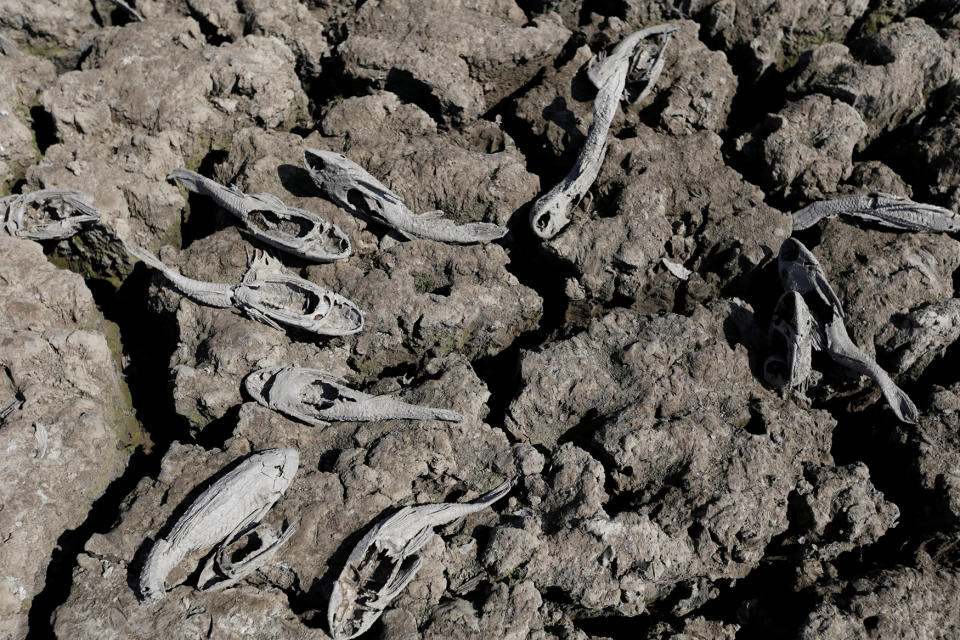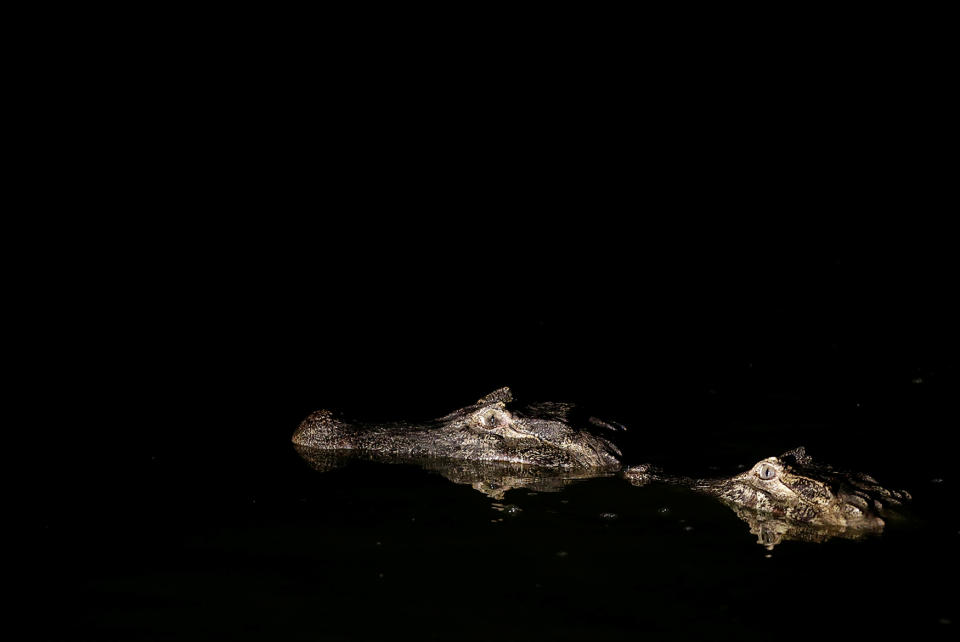A slow death along the Pilcomayo River
In Paraguay, alongside the Pilcomayo River, black vultures fly over a shrinking pond where a group of crocodilian reptiles known as yacare caimans seek refuge.
Water from the river, which divides Paraguay and Argentina in the area of the Gran Chaco, is scarce.
This is not an uncommon sight in the region of General Díaz, about 700 kilometers (435 miles) northwest of the country’s capital, Asunción, where the Pilcomayo's waters form lakes and streams that give life to capybaras, birds and caimans.
“The river's situation is critical. No water is forecast to enter the basin until December, as happens every year,” said Alcides Gonzalez, a resident of the area.
The Pilcomayo River, which descends from the Bolivian Andes, is at its lowest level in Paraguay in the past 19 years, according to the Ministry of Public Works and Communications.
“The river is 60 percent sediment and 40 percent water,” said Gonzalez, who owns a cattle ranch that is also home to deer, capybaras and more than 8,000 caimans that consistently migrate in search of water.
“Animals are migrating naturally, but those that are weak no longer move,” Gonzalez said.
In the Agropil lagoon, north of Gonzalez's ranch, the once permanent layer of water has turned to mud. Yacare caimans are attracted to the humidity and feed on vultures and other birds that flock around dead animals.
Livestock is also beginning to suffer from the scarcity of water. Roughly 100 cows have died in the lagoon area, where most farmers have small ranches and lack the resources to dig wells and pump fresh water. (Reuters)
Photography by Jorge Adorno/Reuters
See the full story by Daniela Desantis of Reuters >>>
See more news-related photo galleries and follow us on Yahoo News Photo Tumblr.

